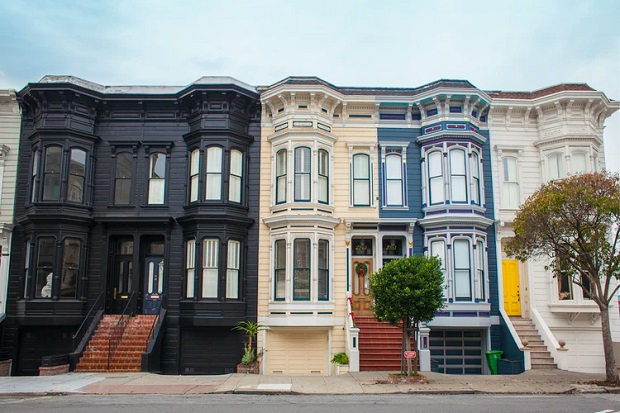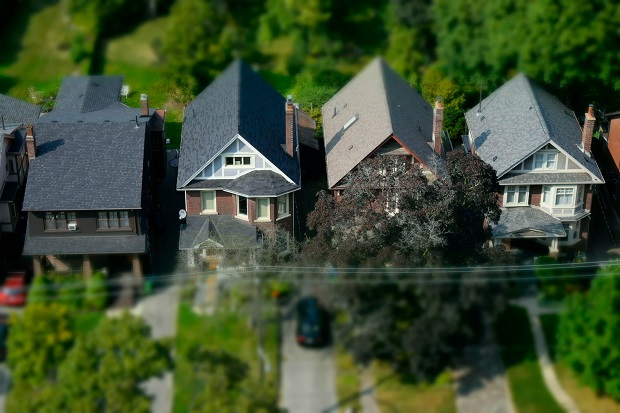What Is Shared Ownership Scheme in the UK?

What Is Shared Ownership Scheme in the UK?
A shared ownership scheme offers a path to homeownership by allowing you to buy a portion of a property. The scheme is backed by the UK government and comes with specific restrictions and eligibility criteria. Here is what you should know before applying for a shared ownership scheme.
What Is Shared Ownership Scheme?
A shared ownership scheme is an arrangement that involves purchasing a share of a property and renting the other share at a low rate. The rest of the stake in the home is owned by a council or a housing association, depending on the property.
In most cases, you end up with two payments. You have monthly repayments on the mortgage that you take out to cover your share of the property. You also need to pay rent on the portion of the home that you do not own. However, the two payments should result in savings compared to getting a traditional home loan, as the rent on the unowned portion is discounted.

Understanding How Shared Ownership Works
Shared ownership schemes typically allow you to purchase between 10% and 75% of a property. A council or housing association owns the rest of the property. You purchase a portion of the property with the option of buying more over time. Individuals who are interested in these schemes often apply through their local council or housing association.
Buying additional shares of the home is called “staircasing.” Previously, you could only buy shares in 5% or 10% increments. However, the UK government recently revised the rules to allow the purchase of additional shares in 1% increments. You can buy more of the property as your finances allow it.
Shared ownership schemes are only available to first-time homebuyers with an annual income of £80,000 or less. The government also gives military personnel priority over applicants with other professions.

Advantages of Shared Ownership Schemes
Shared ownership schemes provide a simple solution for those who cannot obtain a mortgage for the full amount needed to buy a new home. The scheme is designed for first-time homebuyers that may not otherwise have the finances to qualify for a large mortgage.
Shared ownership involves signing a lease that makes you the homeowner. The homeowner is traditionally responsible for all repairs and maintenance. However, if the shared ownership property is new build the landlord or warranty provider must cover the costs of structural defects and snagging for the first 10 years, which could save you a significant amount of money.

Disadvantages of Shared Ownership Schemes
Shared ownership makes homeownership more affordable, but it also comes with a few potential drawbacks. As a partial owner, you do not have full control over the home.
For example, subletting is typically not allowed. You may also need to gain permission before completing any structural alterations or redecorating a room.
Selling your shares also comes with additional restrictions. If you decide to sell, the council or housing association that owns the other portion may possess the right to buy back the home.
The staircasing process can also be expensive. You may need to cover the following fees each time that you decide to buy an additional share of the property:
- Stamp duty
- Valuation fee
- Mortgage fees
- Legal fees
The stamp duty land tax (SDLT) is charged when you first purchase a share of a home through a shared ownership scheme. You do not pay an additional tax on future purchases of shares until you own at least 80% of the property. However, the extra stamp duty may make buying the last shares of the property more expensive.
You also typically need to pay a valuation fee when buying additional shares. The housing provider hires a surveyor to assess the market value of the home. The assessment is then used to set the price for more shares.
A mortgage fee is charged when buying additional shares through a new lender. For example, you may find lower interest rates through a different lender when you are ready to purchase more shares. You may save money due to lower interest rates but still need to cover a mortgage fee and an additional valuation fee.
A solicitor needs to review your lease when you buy additional shares, as staircasing requires an update to the lease. This process costs money, which you will likely need to cover. If you don’t know where to start, fortunately, you can request a free quote from Moving Soon to find a shared ownership solicitor that works best with your budget and will help you through all the legal work you need to get done.

Conclusion – Is Shared Ownership Right for You?
If you are a first-time homebuyer struggling to find affordable housing, shared ownership may be the most convenient solution. You can purchase a portion of the property and rent the rest.
Shared ownership schemes typically come with restrictions, such as prohibiting you from renting the property out. Buying additional shares can also be costly due to the various fees involved.
Despite a few potential pitfalls, shared ownership makes sense for individuals who are tired of renting but cannot afford to buy a property outright. You can buy what you can afford now and gradually staircase your ownership.
Guest Article. Contains sponsored links.




